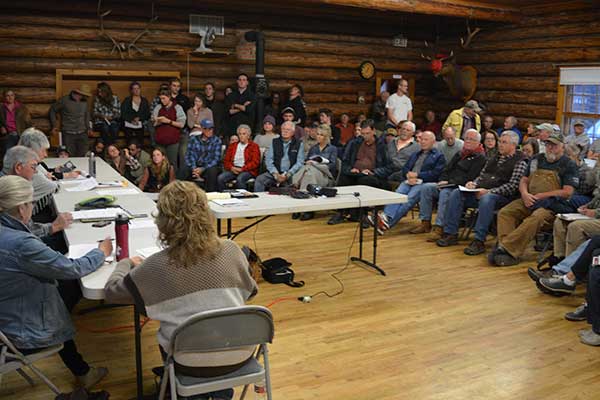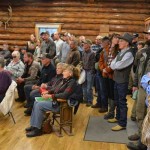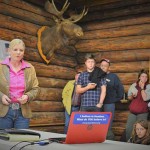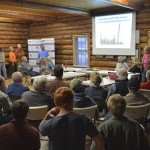
Conservation easements and habitat acquisitions that will open up thousands of acres of public and private land to hunters will be considered this week when the Montana Fish and Wildlife Commission meets in Forsyth on Thursday, October 13.
The Commission will hear several major projects to protect private lands and add to a state Wildlife Management Area through a donation of land in the Canyon Creek area northwest of Helena. They will also consider the annual plan to manage brucellosis in the special management area adjacent to Yellowstone National Park. They will also give final approval to the 2017 fishing regulations, as well as consider several fishing access site projects, including two land donations to enhance river access. And they will get an update on the large fish kill on the Yellowstone River.
Habitat Montana, the popular program funded by hunter license dollars, is proposed to be used for several of the conservation easements that will help working farms and ranches.
The projects include the proposed Coal Creek conservation easement covering 10,080 acres of private land in Custer and Prairie counties, as well as 5,440 acres of public lands. Another project – the Millage conservation easement – would protect from development 400 acres north of Bozeman along the base of the Bridger Mountains that is important mule deer winter habitat.
The Commission will consider accepting 729 acres along state Highway 279 in the Canyon Creek area. The land adjoins the north end of the Canyon Creek WMA and would provide more public access to thousands of acres of Helena National Forest land. The area is popular with hunters with opportunity for deer, elk, black bear and mountain grouse hunting. It also provides important habitat for moose and native westslope cutthroat trout. The donation is proposed by the Rocky Mountain Elk Foundation with support from the Montana Fish and Wildlife Conservation Trust and Lewis and Clark County Open Lands program.
The Commission meeting includes a social event with commissioners 6 p.m. Wednesday, Oct. 12 at the Forsyth Golf and Country Club, 47 Smith Creek Road. The regular commission meeting begins at 8:30 a.m. Thursday, Oct. 13 and will be held at the Haugo Center, 483 East Rosebud St. You can listen to the meeting online at the FWP web page.
Montana Wildlife Federation staff will be in attendance to support the habitat projects and offer comments on the elk brucellosis plan, as well as other issues.
To weigh in on a specific issue, contact MWF Conservation Director Nick Gevock at ngevock@mtwf.org.








